AMD Reveals Threadripper 2 : Up to 32 Cores, 250W, X399 Refresh
by Ian Cutress on June 5, 2018 11:05 PM EST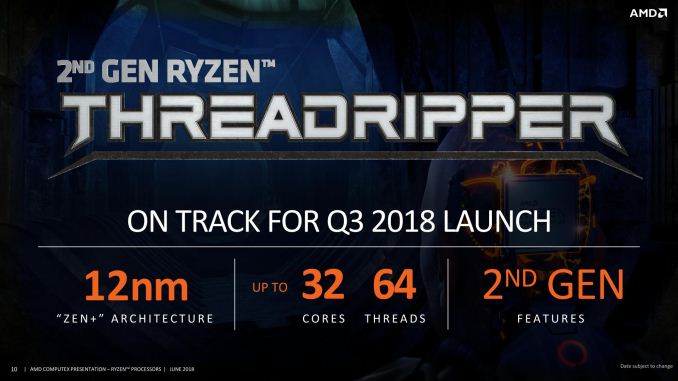
One of the surprises from AMD’s first year of the newest x86 Zen architecture was the launch of the Threadripper platform. Despite the mainstream Ryzen processors already taking a devastating stab into the high-end desktop market, AMD’s Threadripper offered more cores at a workstation-friendly price. For 2018, the next generation is going to be using AMD’s updated 12nm Zeppelin dies, as well as including a few new tweaks into the system including better boost and faster caches.
This article is still a work in progress, and will be updated as more news comes in.
AMD’s Zeppelin silicon has 8 cores, and the first generation Threadripper uses two of them to get to the top-SKU of 16-cores. Inside the CPU however, there are four pieces of silicon: two active and two inactive. For this second generation of Threadripper, called Threadripper 2 or the Threadripper 2000-series, AMD is going to make these inactive dies into active ones, and substantially increase the core count for the high-end desktop and workstation user.
At the AMD press event at Computex, it was revealed that these new processors would have up to 32 cores in total, mirroring the 32-core versions of EPYC. On EPYC, those processors have four active dies, with eight active cores on each die (four for each CCX). On EPYC however, there are eight memory channels, and AMD’s X399 platform only has support for four channels. For the first generation this meant that each of the two active die would have two memory channels attached – in the second generation Threadripper this is still the case: the two now ‘active’ parts of the chip do not have direct memory access.
This technically adds latency to the platform, however AMD is of the impression that for all but the most memory bound tasks, this should not be an issue (usually it is suggested to just go buy an EPYC for those workloads). While it does put more pressure on the internal Infinity Fabric, AMD ultimately designed Infinity Fabric for scalable scenarios like this between different silicon with different levels of cache and memory access.
Update: AMD has just published a full copy of their slide deck for the Threadripper 2 presentation. In it are a few interesting factoids.
| AMD Threadripper CPUs | |||||
| Threadripper 2 32-Core Sample |
Threadripper 2 24-Core Sample |
Threadripper 1950X |
Threadripper 1920X |
||
| Socket | TR4 (LGA) 4094-pin |
||||
| CPU Architecture | Zen+ | Zen+ | Zen | Zen | |
| Cores/Threads | 32 / 64 | 24 / 48 | 16 / 32 | 12 / 24 | |
| Base Frequency | 3.0 GHz | 3.0 GHz | 3.4 GHz | 3.5 GHz | |
| Turbo Frequency | 3.4 GHz (WIP) | 3.4 GHz (WIP) | 4.0 GHz | 4.0 GHz | |
| L3 Cache | 64 MB ? | 48 MB ? | 32 MB | 32 MB | |
| TDP | 250W | 250W | 180W | 180W | |
| PCIe 3.0 Lanes | 60 + 4 | ||||
| Chipset Support | X399 | ||||
| Memory Channels | 4 | ||||
- Both the 24-core and 32-core sample CPUs are clocked at 3.0GHz base and 3.4GHz all-core turbo, with the latter being a work-in-progress according to the company.
- The 32-core system was equipped with DDR4-3200 memory. This is notable because the Ryzen processors based on the same 12nm Zeppelin dies officially max out at DDR4-2933.
- The codename for the processor family is listed as "Colfax". This is the first we've heard this codename from AMD.
- Despite the high TDP, both CPUs used in AMD's demos were air-cooled, using AMD's Wraith Ripper Air Cooler
Also announced at the presentation is the state of play of motherboards. According to the motherboard vendors These new Threadripper 2000-series processors will have a peak TDP rating of 250W, which is much higher than 180W we saw on the 1950X. We have been told by partners that the 250W rating is actually conservative, and users should expect lower power consumption in most scenarios. Nonetheless, it was stated by several motherboard vendors that some of the current X399 motherboards on the market might struggle with power delivery to the new parts, and so we are likely to see a motherboard refresh. That is not saying that the current X399 offerings will not work, however they might not offer overclocking to the level that users might expect. At Computex there are new X399 refresh motherboards being demonstrated by a few companies, and we will report on them in due course. Other specifications are expected to match the previous generation, such as PCIe lane counts, despite the newly active dies.
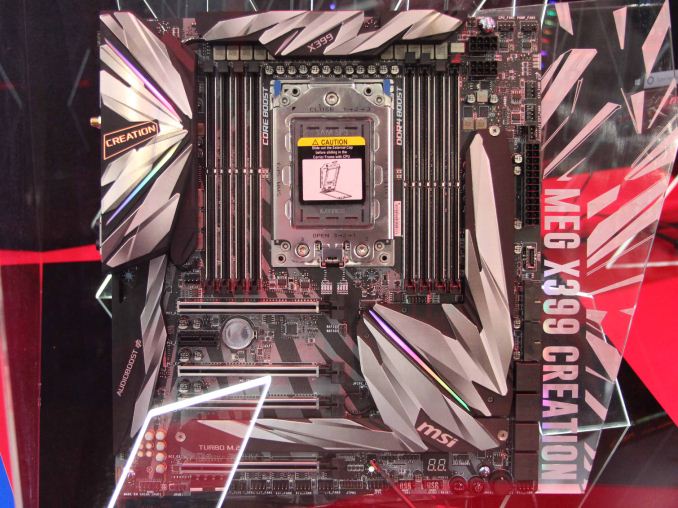
MSI's 19-phase X399 Refresh Motherboard
The launch for these new processors, according to our moles is in early August. This aligns with what AMD stated at the beginning of the year at CES, and is almost a year from the original Threadripper launch.
Pricing on the processors is set to be revealed either today or closer to the launch time. We will update this piece as more information comes in.
It will be interesting if AMD is going to go through the ‘unboxing’ embargo this time around, or just jump straight to full performance reviews. As always, come to AnandTech for the full story.
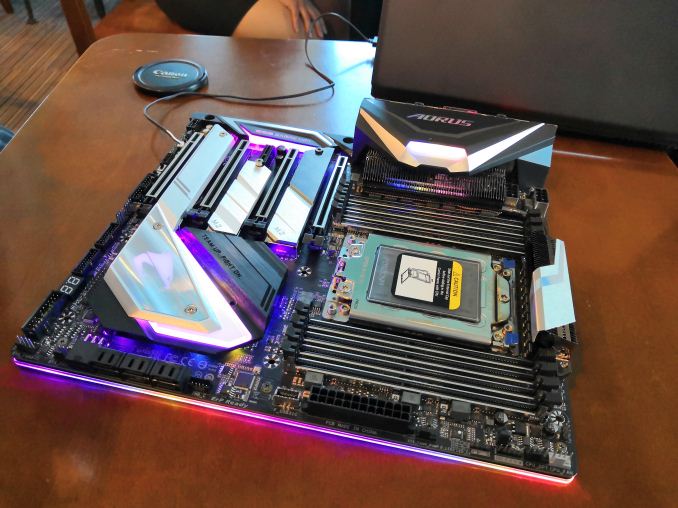
GIGABYTE's new X399 Refresh Motherboard
| Want to keep up to date with all of our Computex 2018 Coverage? | ||||||
 Laptops |
 Hardware |
 Chips |
||||
| Follow AnandTech's breaking news here! | ||||||


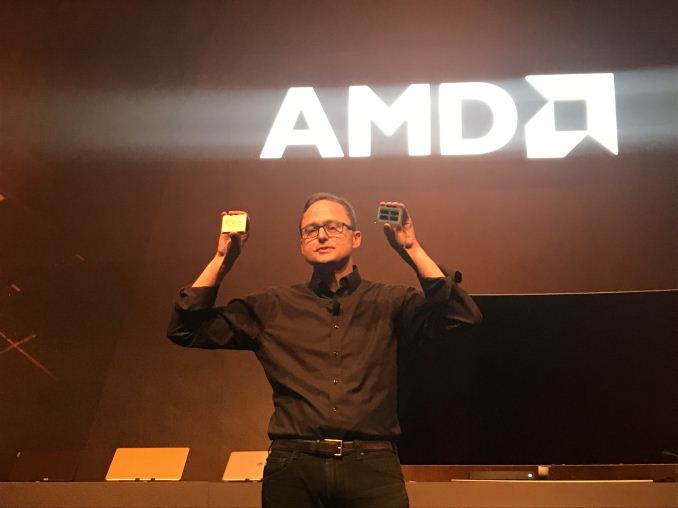
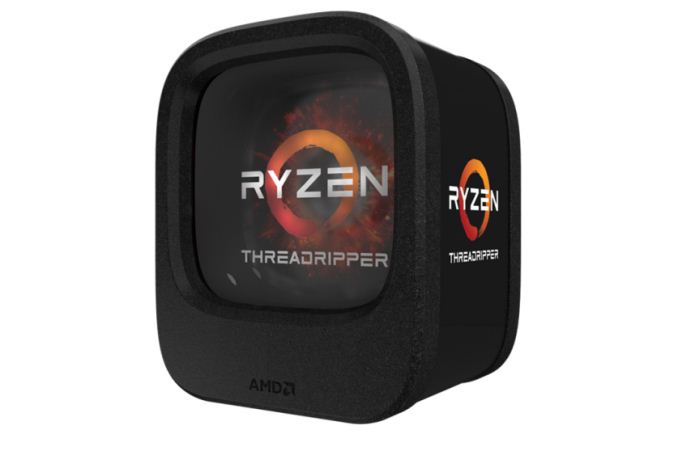
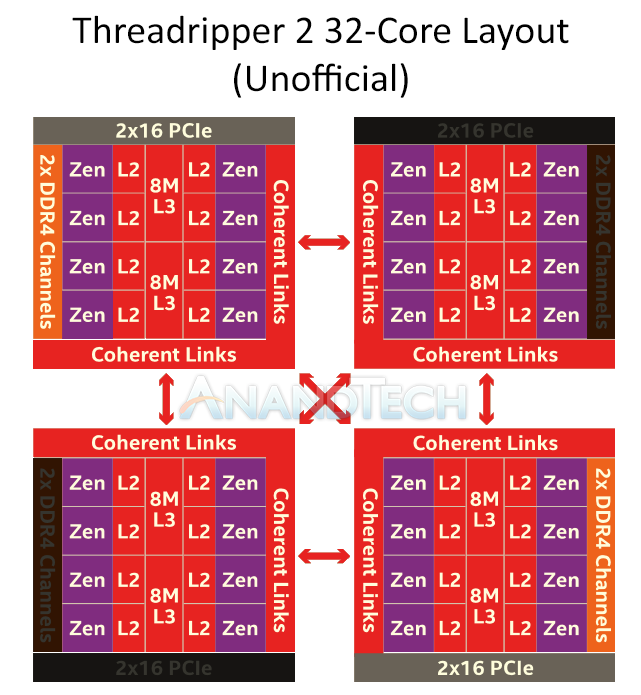
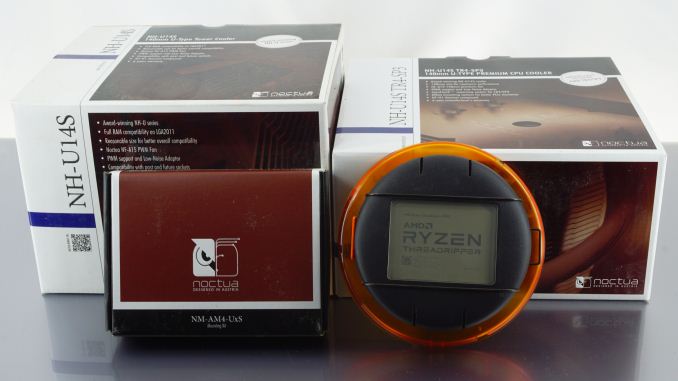














203 Comments
View All Comments
eek2121 - Wednesday, June 6, 2018 - link
You don't need to "reboot to game". Most games work fine on the current 1950X and the ones that don't can either be started via a command line option or via a program such as process lasso. Probably about 1% of the 800 games I own have issues with 16 cores/32 threads. The rest work fine without needing to do anything.0ldman79 - Wednesday, June 6, 2018 - link
eek2121, that's good to hear.That was a concern if I went with a Threadripper. I try to make this computer just work as it's connected to the TV in the living room.
It's mostly mine but everyone watches movies, plays multiplayer games with me (Fretz on Fire for one) and depends on the homemade DVR.
It would suck if I actually had to reboot. The kids just wouldn't play if that was the case, they don't follow instructions if it doesn't work perfectly the first time. I figured they'd have a software patch or something eventually that got around the problem.
I'm no stranger to the command line options. The only way I can play Gran Turismo 4 on my FX 6300 with PCSX2 is to use cores 1, 3 and 5 and set at high priority. If the FX chooses where the threads go on it's own they bounce and the clock speed stays pretty close to 4GHz. Fixed to certain cores it will turbo to 4.3 and runs pretty damn well. Also have to lock out a core or two in order to get Crysis running on some systems.
atragorn - Thursday, June 7, 2018 - link
its not your cpu doing the bouncing its windowsDaveLT - Thursday, June 7, 2018 - link
It's the game... not the CPU being the problem.Like they always say, the problem is between keyboard and chair. I know FC4 had issues with CPUs with more than 16 threads. I know, because I had a 16 core Xeon that failed to run it.
ChristopherFortineux - Friday, June 8, 2018 - link
You do not have to enable Game Mode at all with TR. I do not use this setting to game.wumpus - Wednesday, June 6, 2018 - link
AMD got plenty of crap for the heatsink needed for the 5GHz bulldozer, and that fit in the case (it was more or less a standard AIO watercooler). Granted, even at 5GHz a bulldozer wasn't going to win any actual benchmark or other real speed competitions (yes, benchmarks might only be a step up blindly looking at frequency, but frequency was all the 5GHz bulldozer had).This is even more silly. I can't believe AMD pulled Cinebench for this (assuming they plan on shipping Threadripper, at least put the numbers back up once you ship and only compare to shipping Intel chips after that).
Oxford Guy - Wednesday, June 6, 2018 - link
It wasn't 5 GHz in more than marketing. It was a 4.7 GHz part that could rarely get to 5 GHz on a thread, maybe two. It could not run all of its threads at 5 GHz. The overclocked "The Stilt" said that the 9000 series dies were substandard (excessive leakage) and AMD created the 220 watt spec simply so they wouldn't have had to be sent to the crusher. Also, the 220 watt spec was "conservative" in that it understated the power actually required by a 9590.0ldman79 - Wednesday, June 6, 2018 - link
For the 9590 they pulled the same thing Intel did with the PIII Coppermine 1.13GHz, factory overclocked, no real headroom to speak of.I don't think the 9000s were substandard, the regular cores have a hard time hitting that speed. I think even cherry picked the architecture and the process just cannot support 5GHz safely.
A lot of the FX line will hit 4.8GHz safely, with no voltage bump or just barely bumping it up. Mine will do it in turbo mode with 2 cores loaded all day long without touching the voltage. Even locking the voltage in, pushing it, and turning off 4 cores, the remaining two cores will not hit 5GHz 100% stable.
Kinda wish I had a better board though. If my VRM could handle it I'm pretty sure this CPU could do 4.8 on all six cores. VRM overheat and the motherboard throttles it under load, so I'm just running default voltage, c-n-q and turbo enabled and pushed it for all it's worth.
rahvin - Thursday, June 7, 2018 - link
Look a the photo's they didn't just have a 1000W cooling system on the cpu, They had a MASSIVE heatsink on the VRM's. If you need 2000W and a $5000 chiller to run this it's not a viable part, period.https://www.tomshardware.com/news/intel-28-core-pr...
atragorn - Thursday, June 7, 2018 - link
Thats what I said here http://www.tomshardware.com/forum/id-3718662/intel...